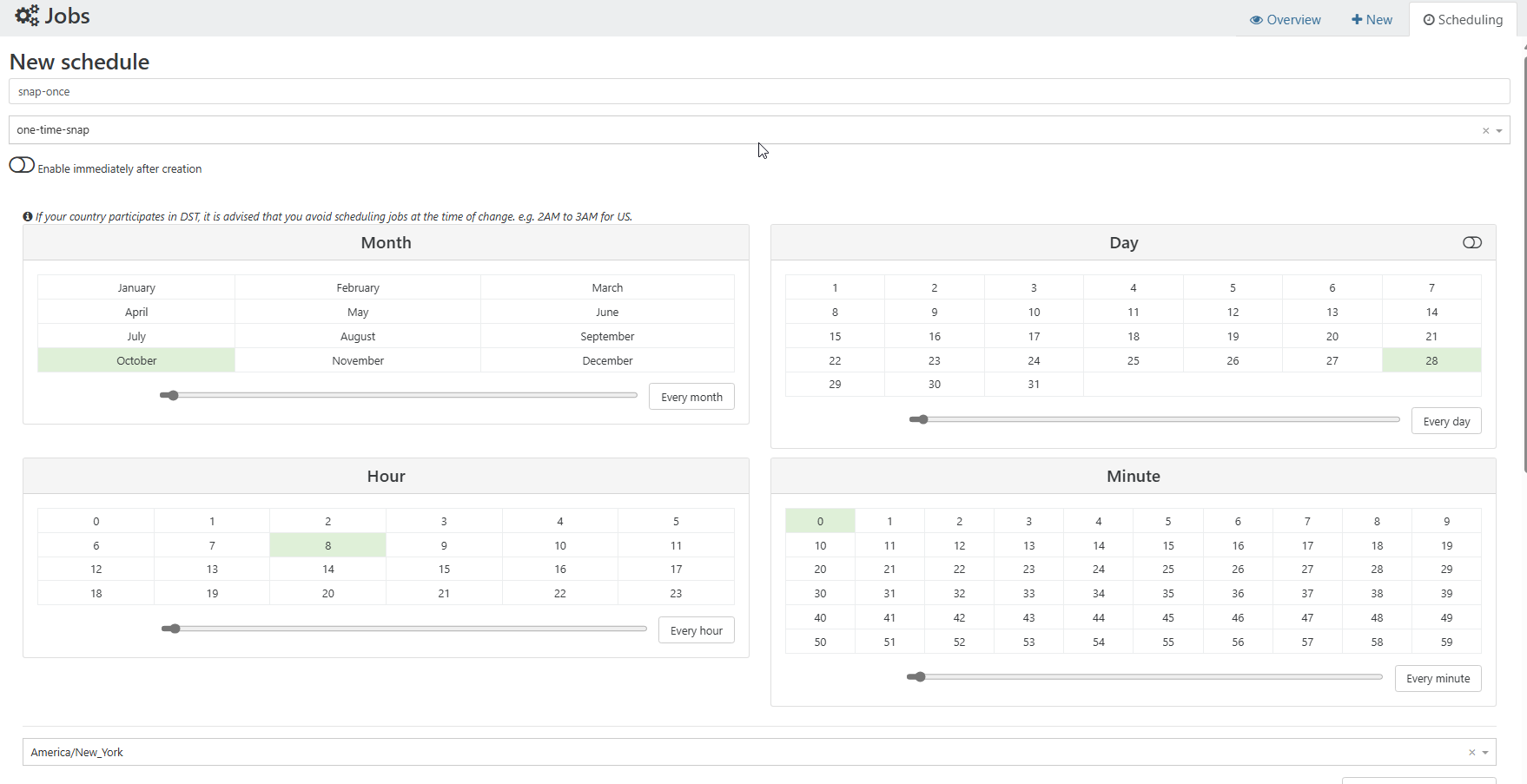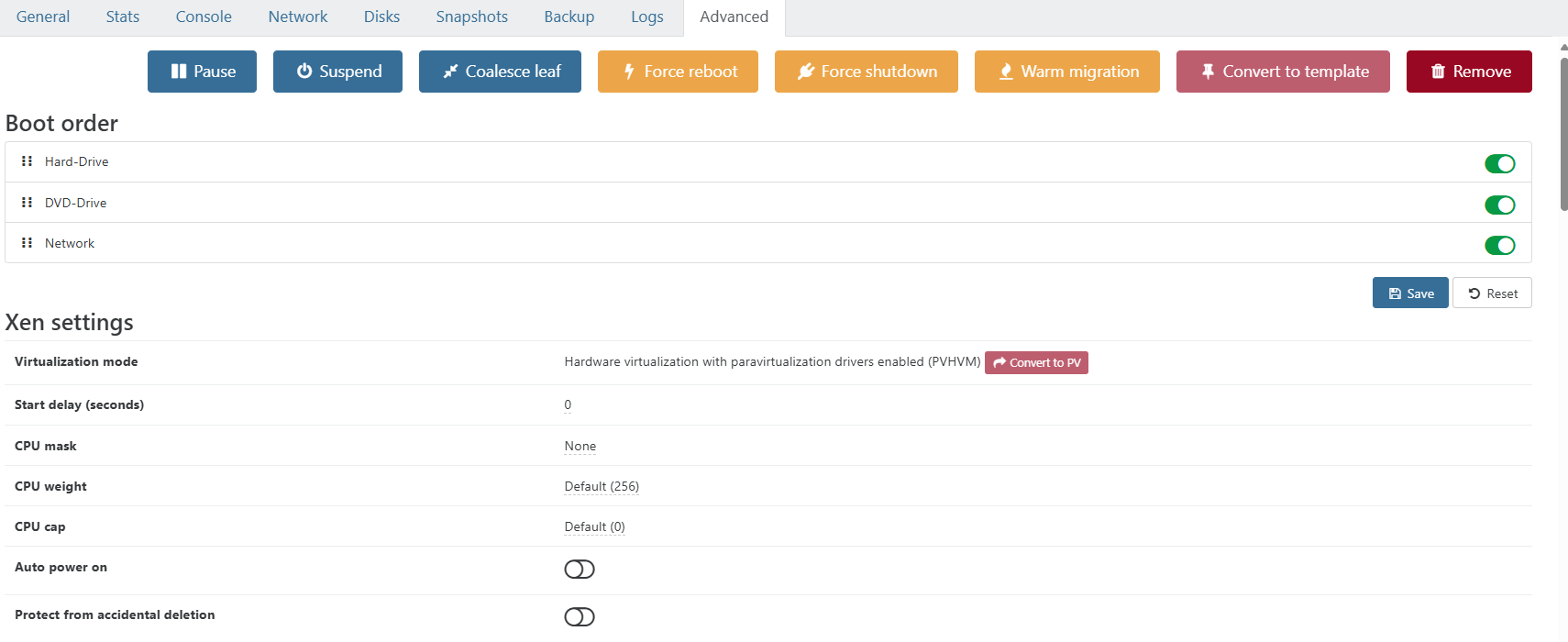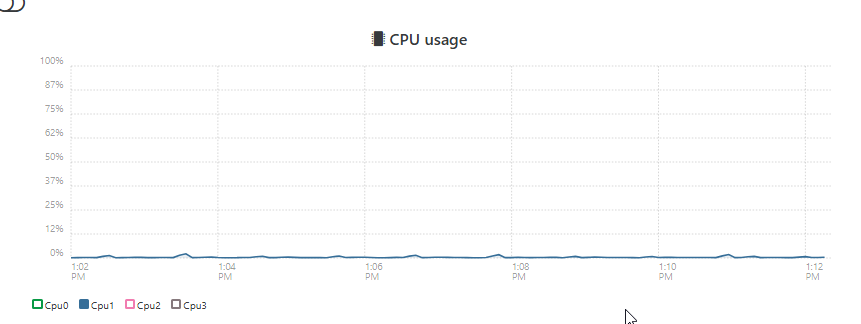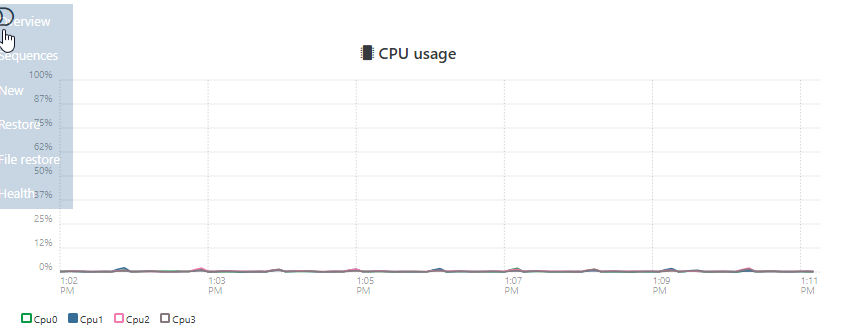@dfrizon said in How to protect a VM and Disks from accidental exclusion:
@olivierlambert The idea is to block the VM and exclusion disks even by root itself, and make it possible only via command line in the console. That's why I started the post by mentioning the command...
We dream of the day when MFA authentication will be required to delete a VM...
How would you prevent the root account from taking action..... that is the absolute opposite permission set of root, as if there is an account with even more permissions than root.
You can use permission sets and move your team who are deleting powered off VM's that are protected from accidental deletion into a group that doesn't have the permission to delete VMs, at the same time, remove their permissions from deleting items from your SR.
I think that would solve your problem, and doesn't cause any logical permission issues like above.






